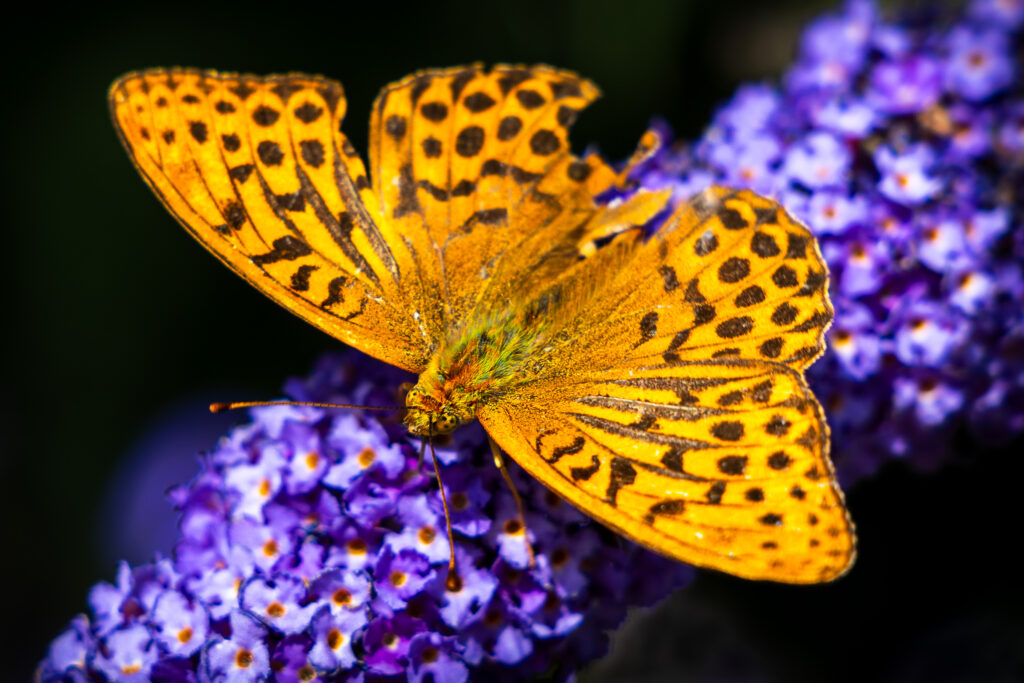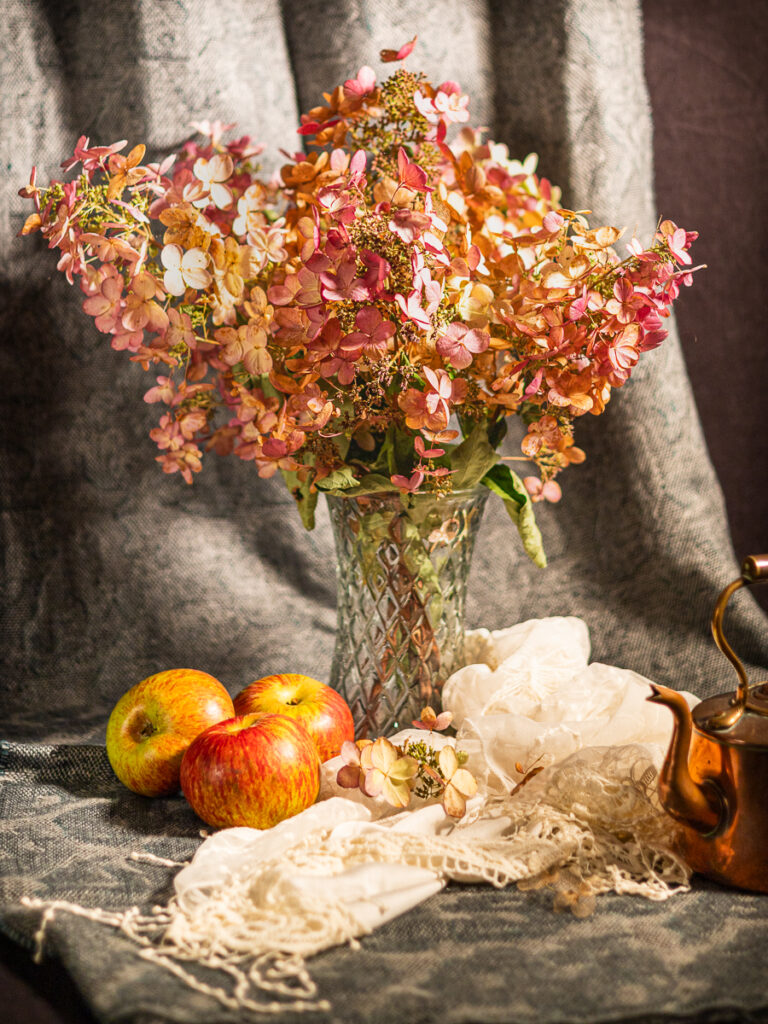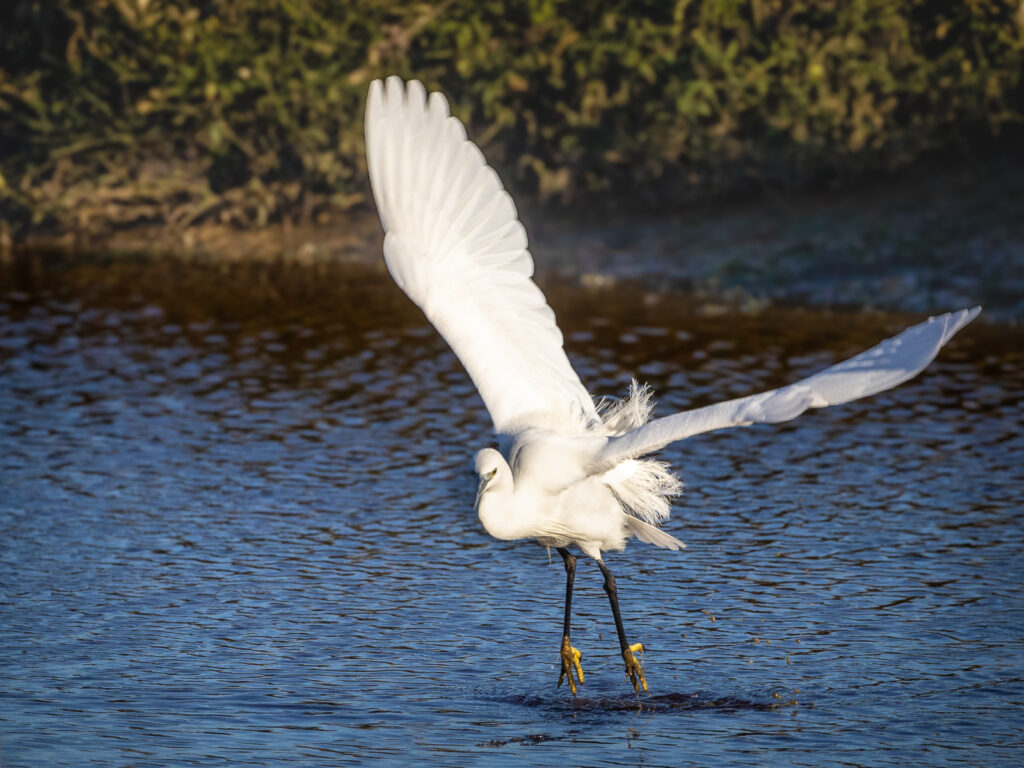I’ve recently read and enjoyed Robert Nystrom’s ‘Crafting Interpreters‘. I’ve also been exploring Raspberry Pi microcontrollers. I’ve used them both in this GitHub repo, which combines the C bytecode implementation of the Lox language from the book with the C SDK for the Pico.
It runs well, even on these constrained (133Mhz, 264K RAM) devices. The repl seems responsive, and the code all fits. I had to make two changes:
- I reduced STACK_MAX, as the default produced an image that would not load in the 264k RAM on the Pico. The default ran fine on the newer Pico 2, which has 520K RAM.
- I reworked main() to provide just the REPL directly. By default the Pico SDK does not provide a filesystem, so there’s no way to load and run scripts ‘from the command line’.
I am curious to explore this further. Clearly the amounts of RAM consumed could be refined, and it might be interesting to add a filesystem. The Micropython port does this, and provides a very productive development experience.
The repo contains some cmake configuration files, mostly because the Pico SDK defaults to using cmake. This provides a build that works on my machine, and can hopefully be compiled for a host PC (a Mac OS machine in my case), or two of the Pico boards: Pico and Pico 2.
In the specimen directory are a few lox scripts I used while reading the book, and a file of one-line scripts that I find easy to enter via cut & paste to the repl.
Pico 2 was interesting to build for, as it contains both ARM and Risc-V cores. The idea seems to be that you choose at boot time which instruction set you use. I’ve built the code for both ARM and Risc-V. I’m curious what that means in practice – in this repo, I can see no particularly obvious differences. The details of ARM vs Risc-V are all managed by simply selecting a different toolchain for the C code.



